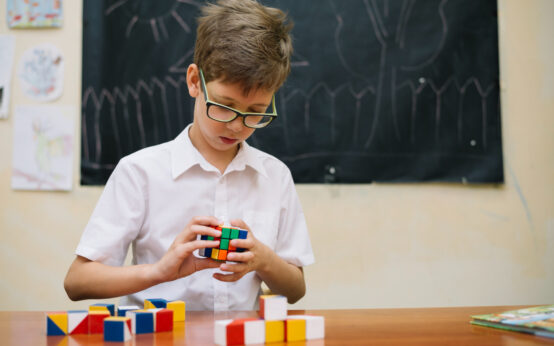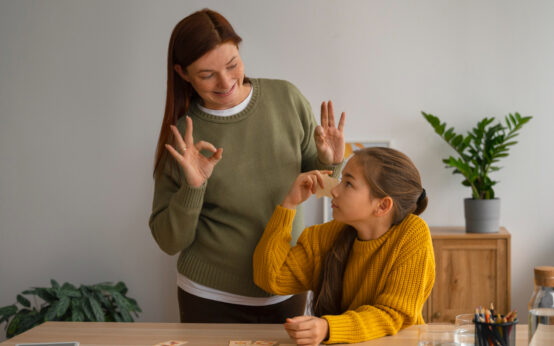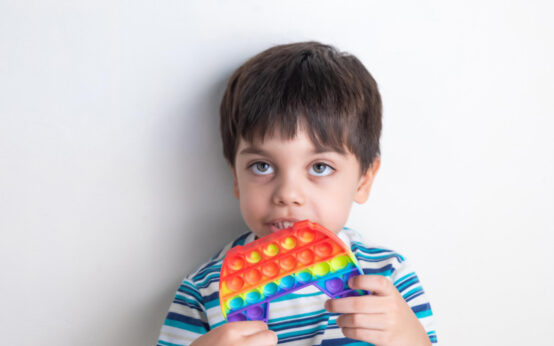Introduction
Understanding and addressing sensory overload in autism is crucial, as each child with autism has unique needs. While autism manifests differently in each individual, sensory overload is a prevalent issue that can greatly affect a child’s well-being if left unattended.
Sensory challenges are frequently observed alongside autism and can manifest as either hyper-sensitivities or hypo-sensitivities. These sensitivities encompass a broad range of stimuli, including sights, sounds, smells, and tastes. For instance, some children with autism may be hypersensitive to bright lights, while others may find certain textures or touches distressing. It’s essential to recognize that every child’s response to sensory stimuli varies.
If you notice your child exhibiting signs of sensory overload, rest assured that you’re not alone in navigating this challenge. Sensory overload is a common occurrence within the autism community, and support and resources are readily available to assist you. Taking proactive steps to address sensory issues can significantly improve your child’s quality of life and overall well-being.
Sensory overload in autism is not just a storm of stimuli; it’s an intricate dance of sensations that overwhelms the senses, painting a unique canvas of experience, where every hue, every texture, and every sound interweaves into a symphony of intensity.
Bianca Vivion Brooks
Recognizing Signs of Sensory Overload in Autism
Sensory overload inundates the senses—sight, hearing, smell, touch, and taste—with more information than the brain can process. This influx triggers a fight, flight, or freeze response, inducing feelings of overwhelm and insecurity. While sensory overload isn’t exclusive to autism, it’s notably pronounced in individuals with autism, along with those experiencing PTSD, sensory processing disorder, or fibromyalgia.
For children on the autism spectrum, seemingly mundane situations can evoke intense discomfort, potentially leading to meltdowns. Understanding these experiences is pivotal for effective intervention.
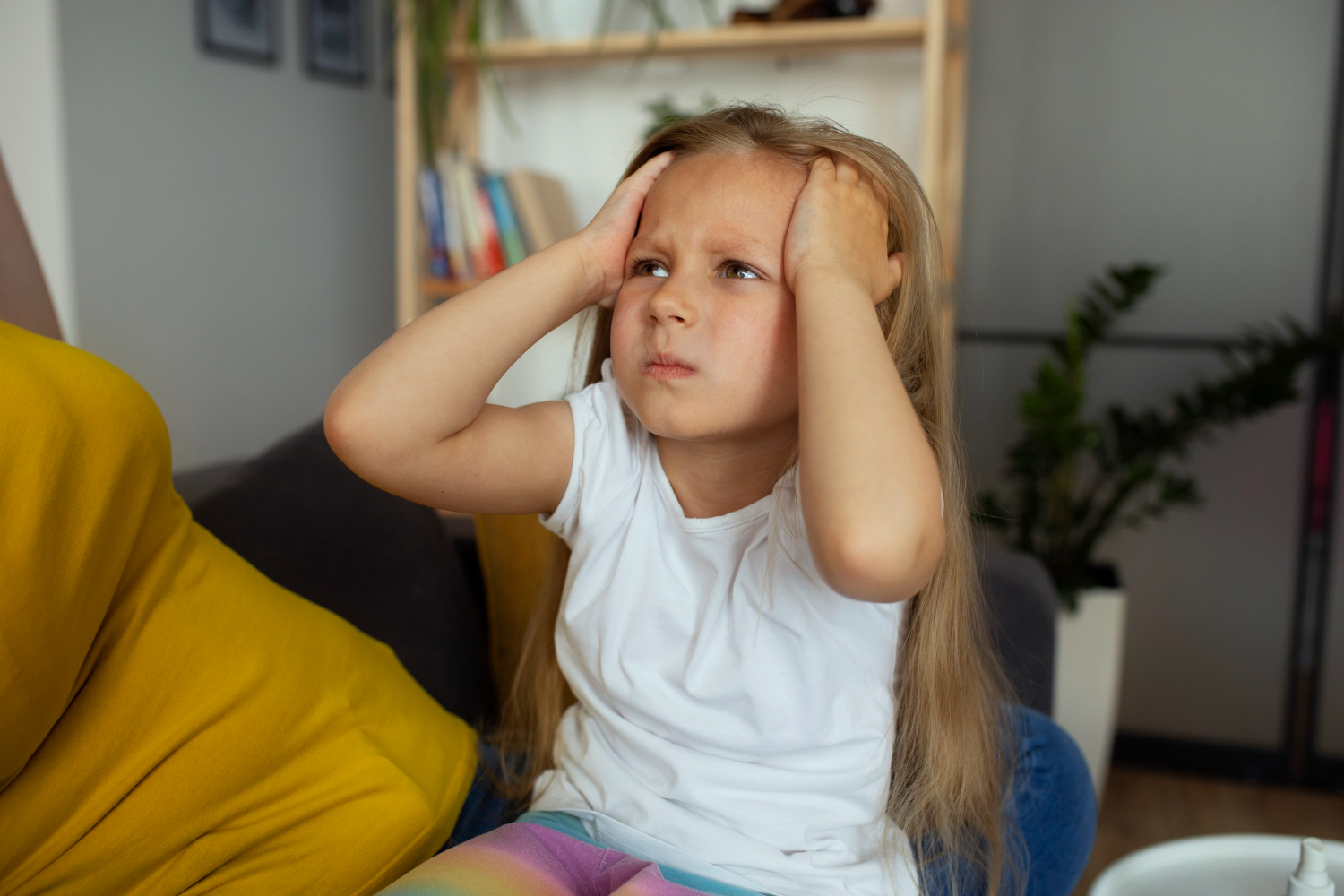
The Spectrum of Sensory Sensitivity
In autism, sensory symptoms manifest as hyper-responsiveness or hypo-responsiveness. Hyperresponsiveness involves exaggerated reactions, like covering ears in response to singing, whereas hypo-responsiveness entails muted responses, such as ignoring loud noises. Studies suggest that sensory symptoms affect a significant majority of individuals with autism, prompting its inclusion as a diagnostic criterion.
Beyond the core senses, individuals with autism may also exhibit sensitivities to proprioceptive and vestibular stimuli, impacting motor skills and spatial awareness.
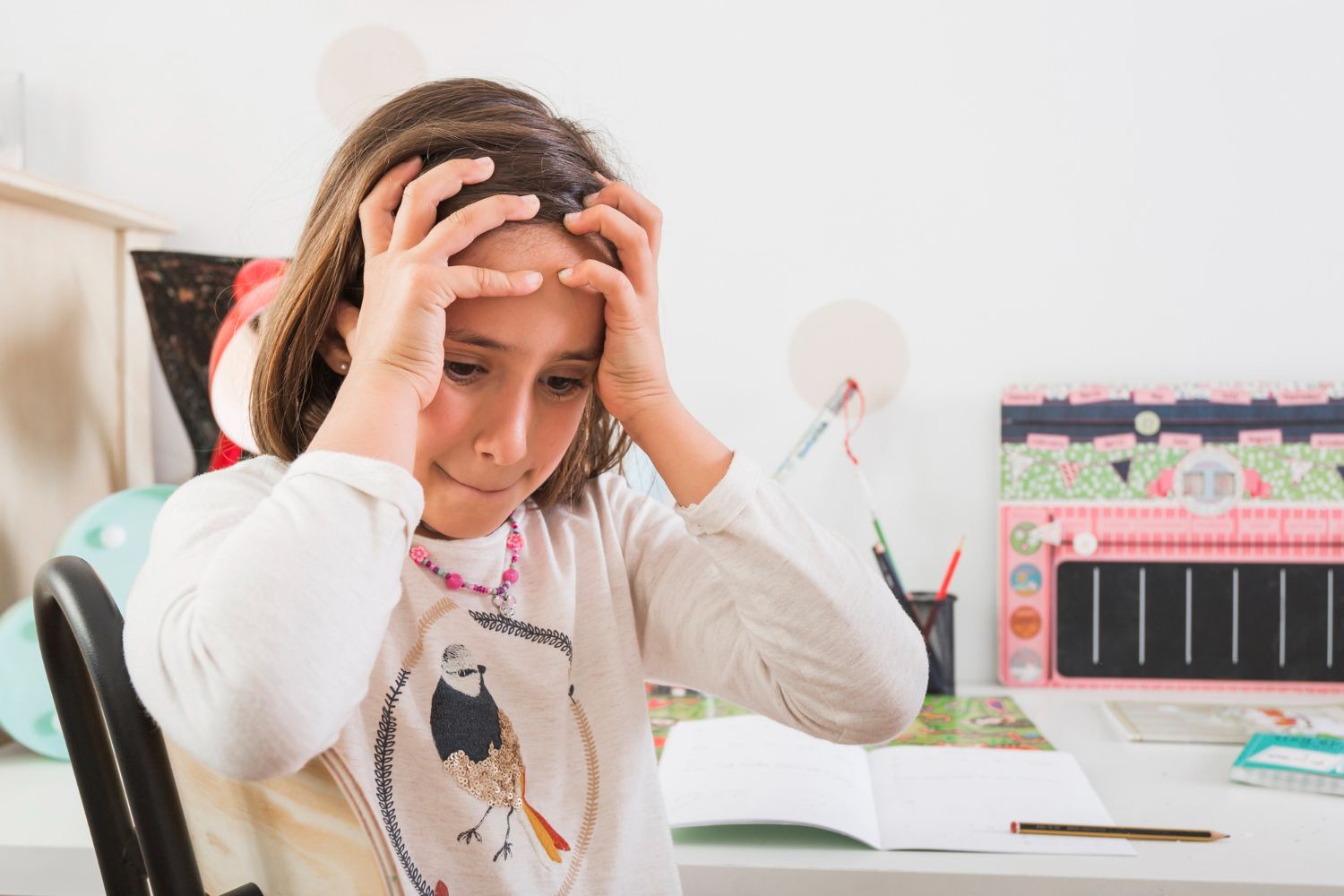
Unraveling the Genetic Link
Research indicates a genetic predisposition to both autism and abnormal sensory responses, with a significant overlap between the two. Studies involving twins highlight the hereditary nature of sensory sensitivities, with parents and siblings of individuals with autism often demonstrating milder variations of these traits. This familial pattern underscores the genetic underpinnings of sensory processing in autism.
Accommodating Sensory Needs
Given the unique sensitivities of each child, tailored accommodations are essential. For hypersensitivities, strategies may include adjusting lighting, providing noise-canceling headphones, or avoiding strong scents. Conversely, for hyposensitivities, offering textured foods, sensory-stimulating toys, or weighted blankets can provide sensory input.
Conclusion
Understanding your child’s triggers is key to preempting sensory overload. While certain situations may be unavoidable, proactive measures, such as creating a sensory diet with the guidance of a therapist, can empower children to navigate sensory challenges effectively.
In essence, by embracing the individuality of sensory experiences in autism and implementing personalized strategies, caregivers can empower children to thrive amidst sensory diversity.
Source
- American Psychiatric Association. (2013). Diagnostic and statistical manual of mental disorders (5th ed.). Arlington, VA: American Psychiatric Publishing.
- Baranek, G. T., David, F. J., Poe, M. D., Stone, W. L., & Watson, L. R. (2006). Sensory Experiences Questionnaire: Discriminating sensory features in young children with autism, developmental delays, and typical development. Journal of Child Psychology and Psychiatry, 47(6), 591-601.
- Hilton, C. L., Harper, J. D., Kueker, R. H., Lang, A. R., Abbacchi, A. M., Todorov, A., & LaVesser, P. D. (2010). Sensory responsiveness as a predictor of social severity in children with high functioning autism spectrum disorders. Journal of Autism and Developmental Disorders, 40(8), 937-945.
- Lane, A. E., Young, R. L., Baker, A. E. Z., & Angley, M. T. (2010). Sensory processing subtypes in autism: Association with adaptive behavior. Journal of Autism and Developmental Disorders, 40(1), 112-122.

